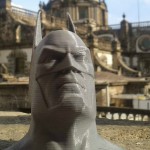Mexico: the new maker generation in the starting blocks (2/2)
Published 19 April 2016 by Elsa Ferreira
In Mexico, the maker movement is taking off. After the first chapter of our investigation dedicated to the pioneers, Makery introduces the new players… as well as those who continue to prefer art over business.
Mexico, special report (words and photos)
Things are buzzing in Mexico. After a rather rocky start, the hacker/maker community has since exploded. Makerspaces dedicated to the Internet of Things, incubator fablab, even NUMA has decided to set up shop in the Mexican capital.
With its young population, including a percentage of engineers three times greater than in the U.S., and the hispanic market at arm’s reach, Mexico City is an investor’s dream. “Mexico is the second most attractive ecosystem for investors in Latin America,” boasts the Paris incubator’s team in a press release.
And the biohacking community? Another young generation is trying to establish itself. Follow the guide to meet the new maker generation.
Fablab Impact, the flagship
A few steps away from the Hacedores makerspace, the very ambitious project of Fablab Impact will open its doors the week after our visit. The building was chosen to be an innovation center, flagship of the historic city center’s revival. It’s also a strategic neighborhood, home to an abundance of specialized artisans in wood, electronics, food, clothing, shoes… “No matter what you’re looking for, you’ll find it,” says Sinuhe Acosta, the fablab’s architect and co-founder.
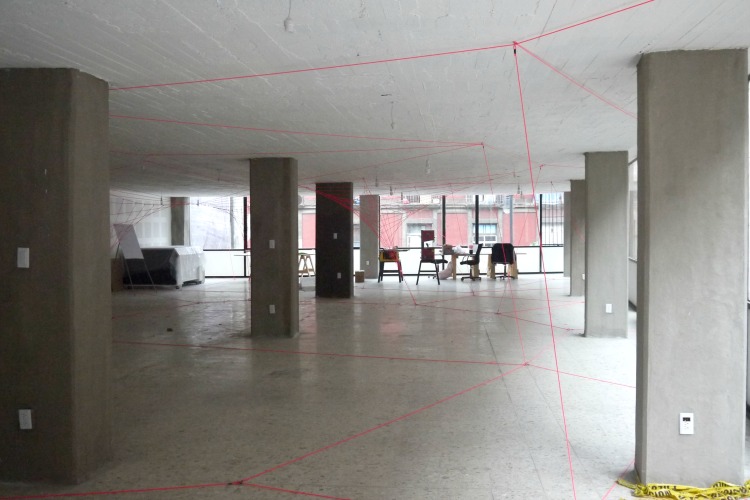
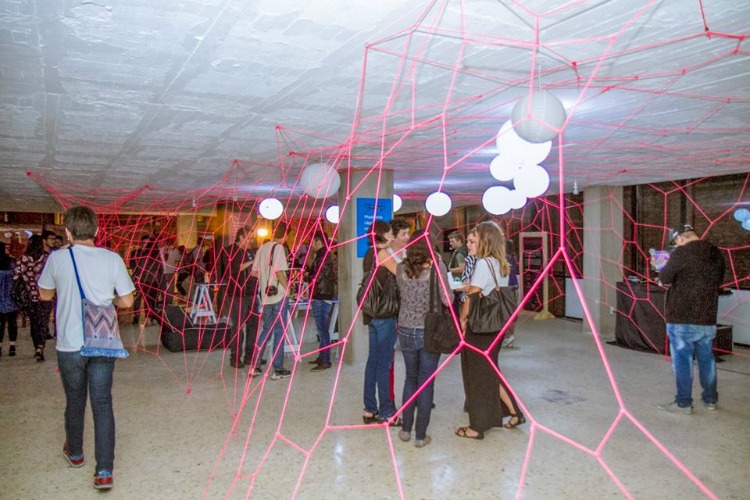
The playing field is huge. In this 8-story building covered with construction work dust, Oscar Velazquez, business developer, and Sinuhe walk around the property. Soon, on the ground floor, another team will open a co-working space.
With his well-oiled pitch and experience as director of a co-working space in the trendy neighborhood of Coyoacan, Oscar managed to convince private investors, the city and the Department of Entrepreneurship to invest in his project.
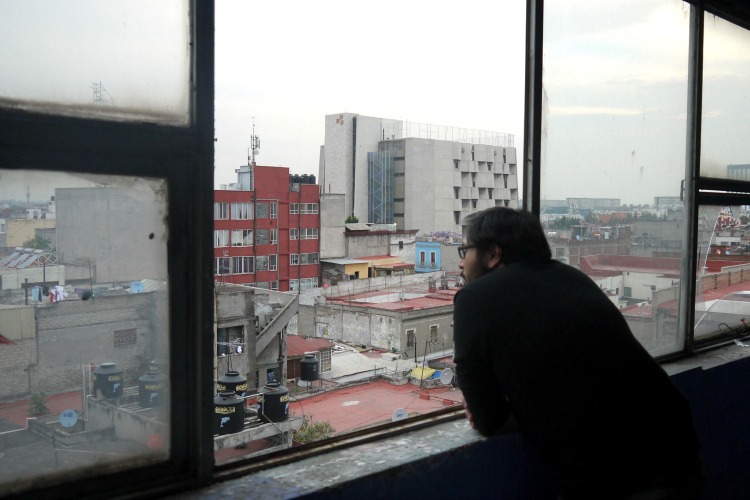
Here, we talk about the “positive impact” of innovation and big money. Slogan: “democratizing innovation”. On one side, the fablab, with which the creators hope to seduce and mobilize the traditional neighbors. Sinuhe admits that local artisans’ interest in digital fabrication is “50-50”. On the other side, an incubator of “impactful” start-ups working in the fields of ecology, health, fintech or robotics, among others.
Fablab Impact, República de Perú 88, Mexico
Maker Space Mexico, the latest addition
The latest addition to the family of Mexican makerspaces is the 6-month-old Maker Space Mexico, located in the north of the city. Its two founders, Osvaldo Lopez Acuna and Hector Leal, both electrical engineers, are specialized in the Internet of Things (IoT) and organize regular challenges for their community: hardware, social networks, data… Today is the third in the series, and it’s a full house.
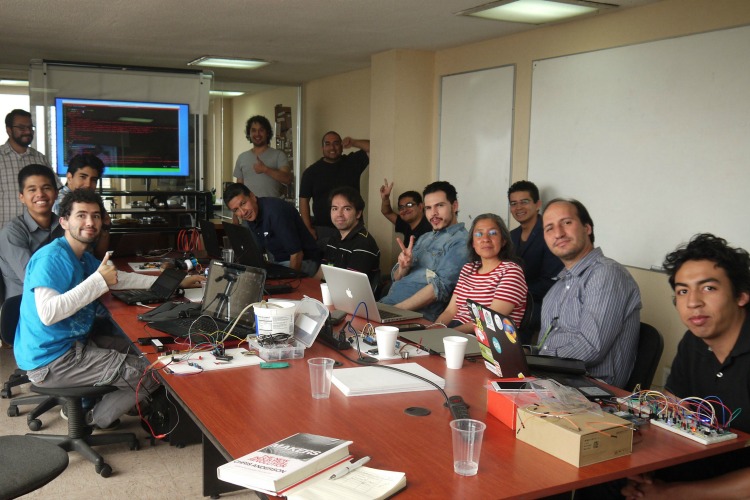
The meetings take place in the offices of Hector’s electric engineering company, which converts into a makerspace on demand. It all started during an Arduino workshop at 330ohms makerspace, as Hector and Osvaldo were beginning to build the mechanics of a carnival game. After the workshop was over, they decided to meet in order to continue the project… and the makerspace was born.
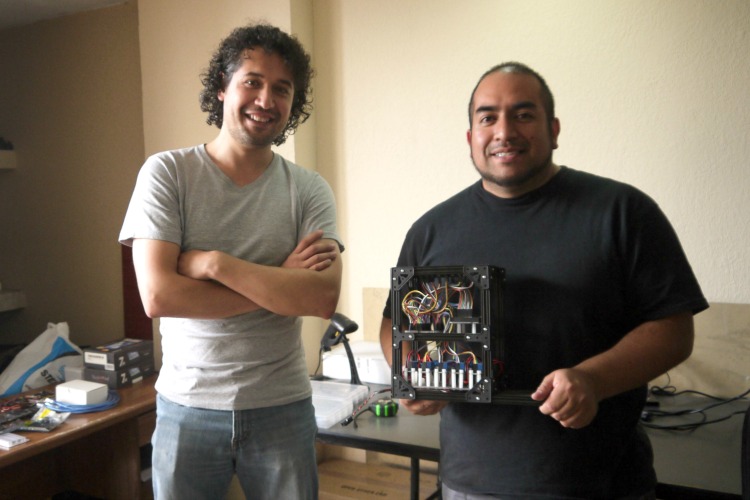
As of now, two projects occupy the makerspace full-time: Conluce, an online electronic control system; and Superboard, an overhead projector, with LCD screen, projection curtain and synchronized screen. “All that’s missing is the camera,” smiles Osvaldo.
While so far the pair have been organizing meetings more for fun, they do hope to find business opportunities. “We feel that something is going on with IoT,” says Osvaldo. “Here we can meet people, and maybe create common entreprises.”
Maker Space Mexico, avenida Montevideo 303, colonia Lindavista, open on demand
Media Lab, the arty researchers
Warning: intellectuals at work. The Media Lab sits in the city center. Despite the tinkering atmosphere inside, the Media Lab does not claim to be a makerspace. The team is even “critical of the maker movement in Mexico,” admits Leonardo Aranda. “It’s becoming too commercial, mainstream.” They want to “use technology differently,” he explains.
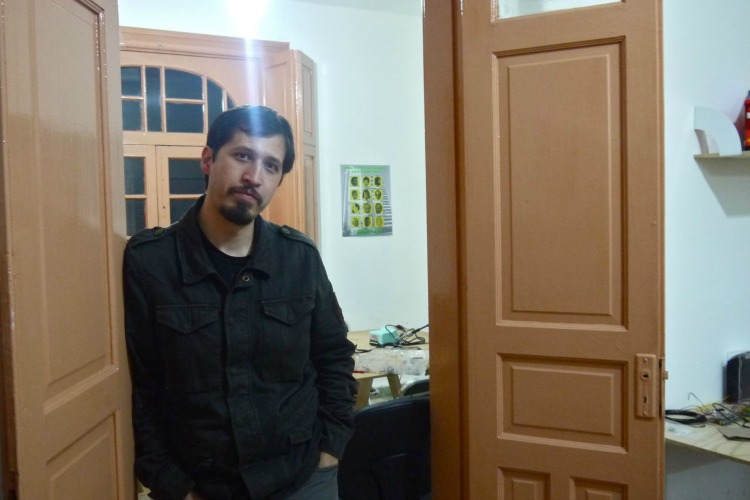
The Media Lab is an association, with a team of seven people: engineers, programmers, philosophers, visual artists. They work in cycles, focusing on a a subject, delving into research and sharing through workshops for their audience, most often cultural institutions.
Among their projects is a collaborative map that shows urban (ecological, social, security) problems and an electronic art piece that explores how “the Internet has become a utopian space” by translating virtual action into the real world. It’s one of the group’s favorite themes—visualizing digital interactions and their data.
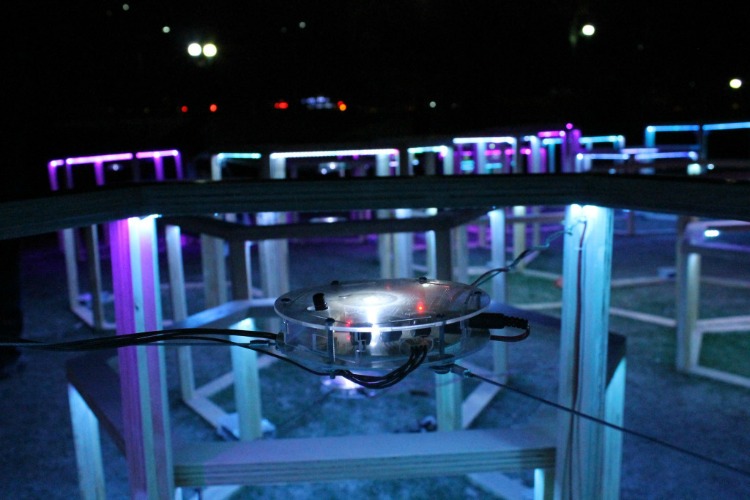
They also support outside projects, such as Parasitos Urbanos, “parasite robots” made from electronic waste.
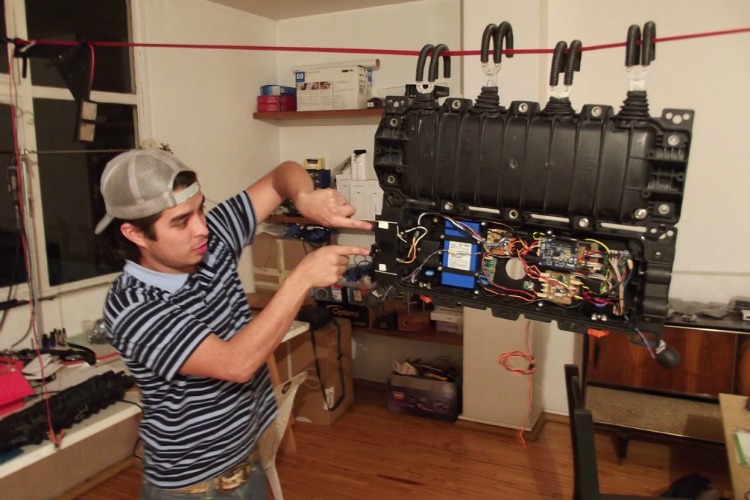
Media Lab, Eligio Ancona 116, casa 8, colonia Santa Maria la Ribera, open to the public during workshops
Biohackers CDMX, the community under construction
The biohacking community may only be fledgling, but it could grow into something grandiose. Leonardo Moreno Urbieta, a physics student, was one of the first motors of the movement in Mexico. “I am deeply interested in biotechnology and its expansion these past years,” he says via Skype. Convinced that biotechnology “will change our lives in ways we can’t even yet imagine,” Leonardo decided to look for a community that was interested in solving the same problems, just as tools “become more and more accessible and less and less expensive”.
In vain. So he contacted Joël de la Barrera, for the past three years in charge of the Facebook community Biohackers Mexico, and who is currently building an open source biohacklab in Leon, Guanajuato (all the phases will be documented and shared). Joël sent Leonardo the mailing list of 150 people who were interested in this kind of space in Mexico City: “Lots of people to start with!” he laughs.
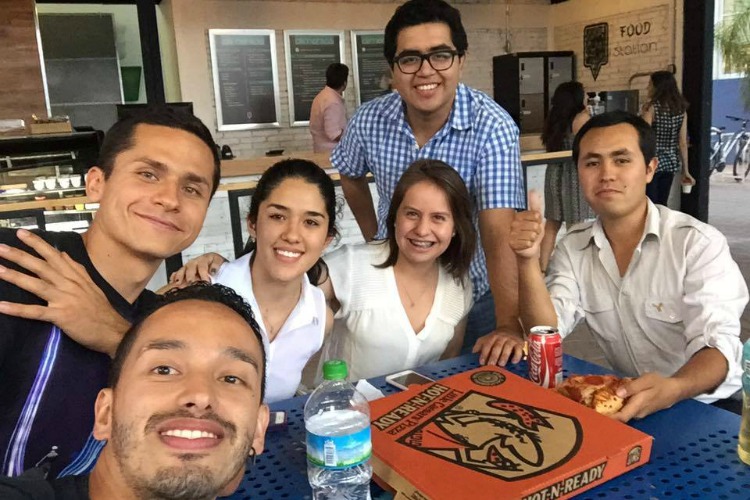
The first meeting was held on March 9 “in the most DIY way possible”, in Leonardo’s garage. Some 20 people made the trip out to this stranger’s house—enough to convince Leonardo that his intuition was right.
Even if he hasn’t yet found a venue for his lab, he has the fundamental machines (including one he made himself) and hopes to partner with the 330ohms makerspace. He is also collaborating with Biohackers Mexico and Latin America. “Most important is to establish a network,” he says. “We get to know each other and share knowledge.”
B10S, the nomadic lab
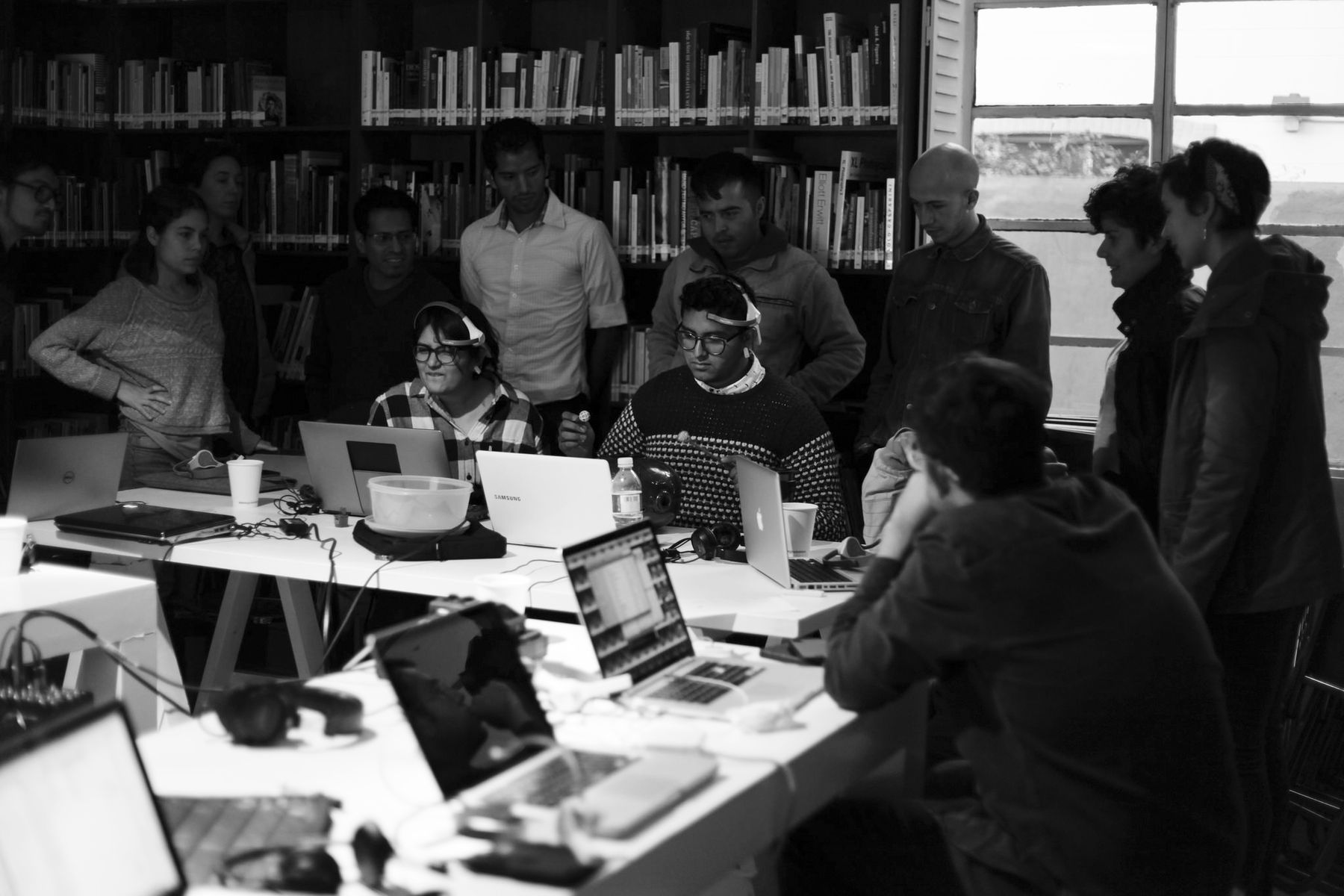
Finally, another initiative is B10S (read “bios”), a mobile “lab” program for DIY bioart. During Transmediale in February in Berlin, Makery met Interspecifics, the bioartists who hosted the program. They aim to spread biohacking knowledge with an open science approach.
Read our interview of Interspecifics, the Mexican collective for DIY bioart
Read part 1 of our report: meeting the maker pioneers of Mexico

